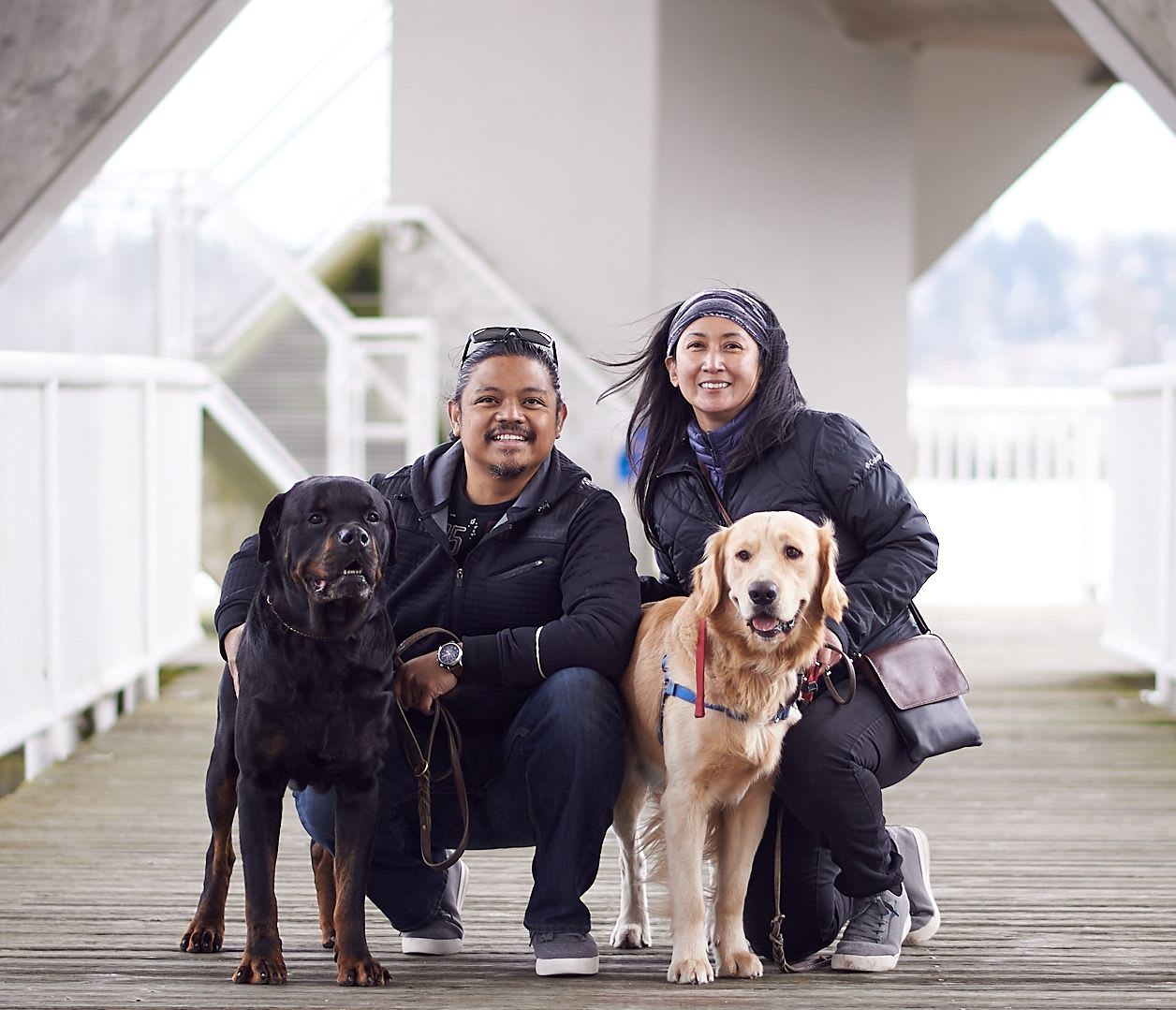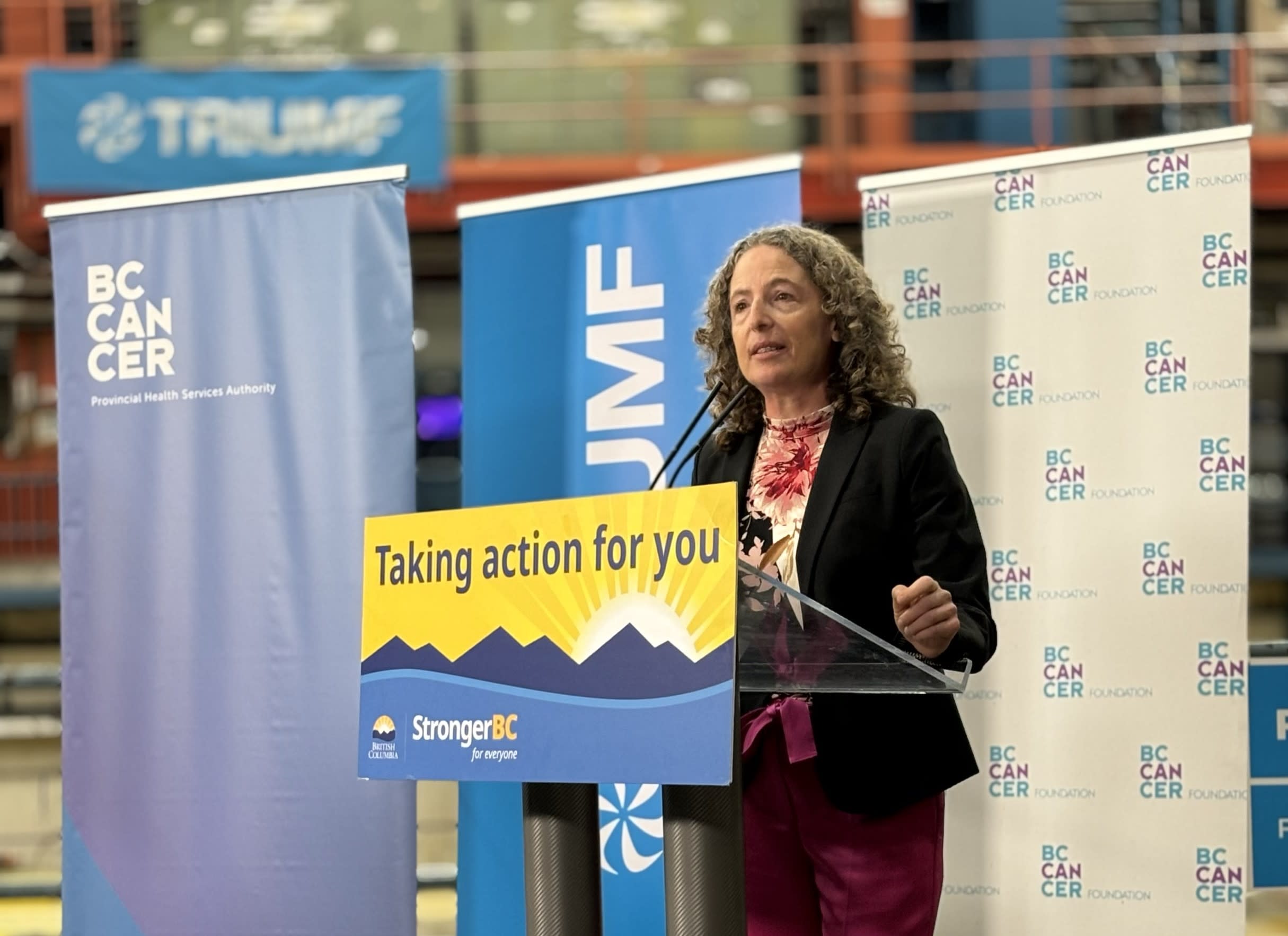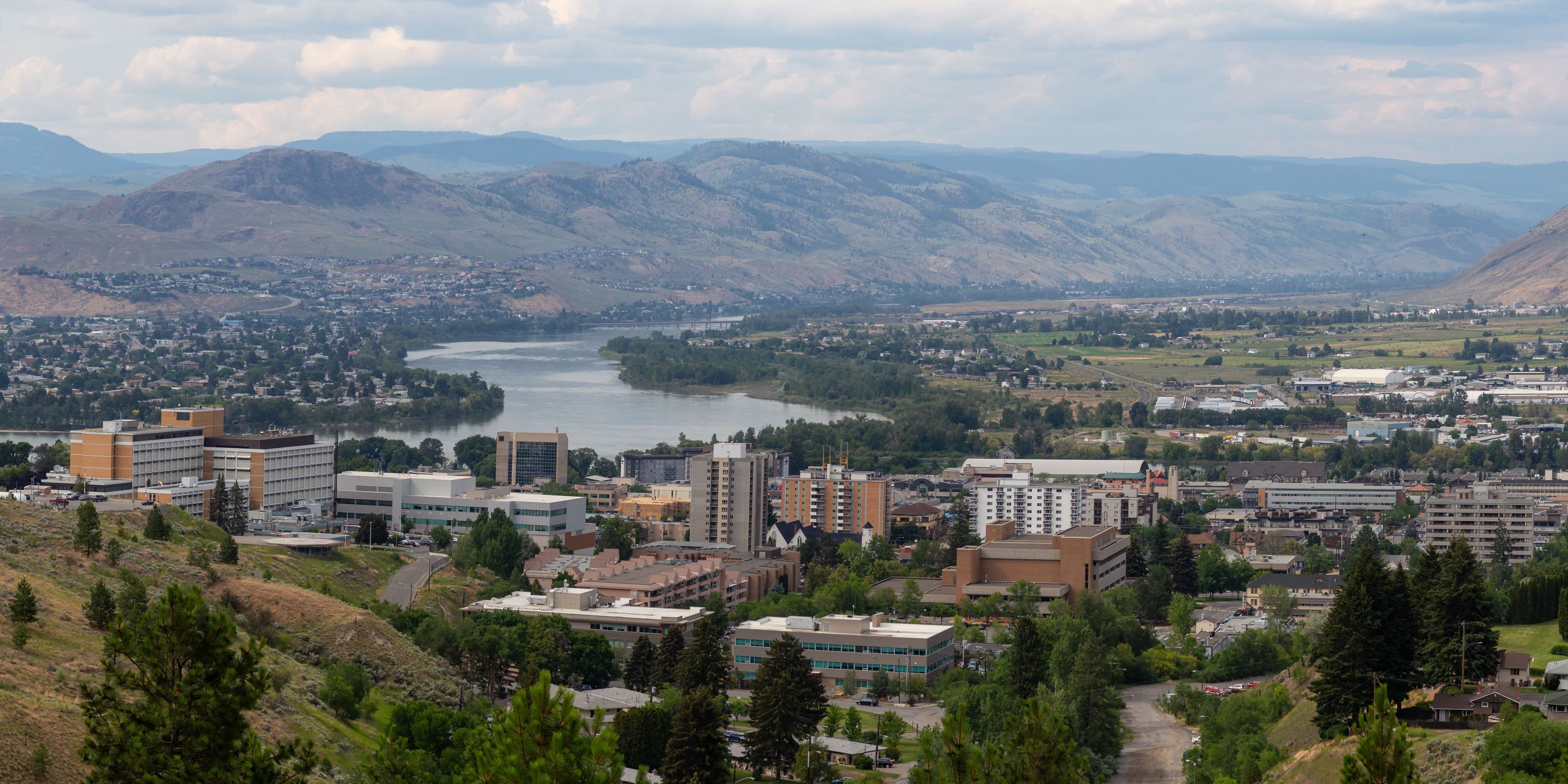Brachytherapy at the BC Cancer Agency Abbotsford Centre
February 13, 2015
When I came for my job interview at the BC Cancer Agency Abbotsford Centre, I was quite impressed with a state-of-the-art centre that is directly connected with the Abbotsford Hospital. Indeed, the hospital is the first in western Canada to have a cancer centre integrated in its design from the ground up.
I was very excited to join the Abbotsford Centre’s radiation therapy group and become one of five radiation oncologists. Despite our relatively small program, our department is equipped with the latest radiation technology and collaborates with other BC Cancer Agency centres. I feel deep satisfaction that we are doing our best to provide the highest standards of care to our patients in the Fraser Valley region.
My main interest as an oncologist is treating lung and esophageal malignancies using intraluminal brachytherapy. This is a form of internal radiotherapy delivered very close to where a patient’s tumour is located. Esophageal and lung malignancies are unfortunately very challenging diseases to cure, mainly because more than half of patients have advanced or metastatic disease.
There is no question that the ultimate goal of oncologists in treating patients with cancer is to be able to cure their disease. However, if we are unable to find the cure, our focus shifts to helping patients maintain their quality of life by managing their cancer-related symptoms. For example, patients with esophageal cancer commonly have difficulty in swallowing due to obstruction by the tumour. For those patients, brachytherapy is a very effective method.
When I joined the BC Cancer Agency Abbotsford Centre in 2012, I wanted to take advantage of my fellowship experience and start an endoscopic guided thoracic brachytherapy program. I was greatly supported by my colleague Dr. Nisar Ahmed who is the site leader and also has an interest in this unique form of treatment. We added an endoscopy unit to our operating room and successfully treated our first patient in November 2012! Our program is now well established and routinely offers this form of treatment to our patients not only in the Fraser Valley region but also for patients from out of the province.
In addition, I also treat breast and genitourinary malignancies and am involved in teaching, research and clinical trials. I will tell you more about this next time. I will also tell you how your generous donations directly impact what I do.
Yours,
Maha


